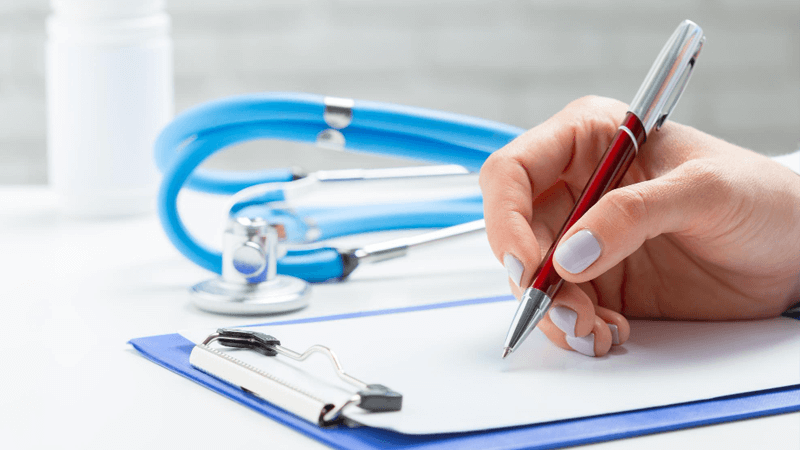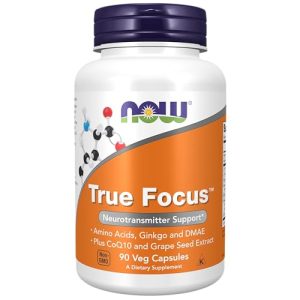
Treatment Plan for ADHD Child
A treatment plan for an ADHD child will depend on their individual needs and may include medication, behavioral therapy, and lifestyle changes. Medication is often prescribed to help reduce symptoms of impulsivity, hyperactivity, and inattention. Stimulant medications are the most commonly prescribed option but there are non-stimulant alternatives available as well.
Behavioral therapy can help a child learn how to stay focused and organized better while also teaching them coping strategies for dealing with difficult situations. This type of therapy is typically done on an individual basis or in family sessions with the parents involved. Finally, lifestyle changes such as establishing routines, exercising regularly, eating healthy meals at regular times throughout the day, reducing screen time, and ensuring adequate sleep can all contribute to improved concentration levels in a child with ADHD.
When creating a treatment plan for an ADHD child, it is important to take into account the individual needs of the child and develop a plan that will be effective in helping them manage their symptoms. This can include behavioral therapy, parent training, medication management, school accommodations, and social skills development. With proper guidance from professionals and support from family members, children with ADHD can learn to better regulate their behavior and live happy and productive lives.
What are 3 Treatment Options for Child With ADHD?
Three common treatment options for children with ADHD are:
- Stimulant medications, like Ritalin and Adderall
- Non-stimulant medications, such as Intuniv or Kapvay
- Behavior therapy.
Stimulants help control hyperactivity and impulsivity by increasing the availability of certain brain chemicals. Non-stimulants work differently to address similar symptoms.
And behavior therapy helps improve problem behaviors through positive reinforcement and teaching new skills. With a combination of these treatments, many children with ADHD can improve their functioning in school or at home.
What is a Typical Treatment Plan for ADHD?
A typical treatment plan for ADHD typically includes a combination of medication, therapy, lifestyle changes, and education. Medication: Stimulant medications can help reduce symptoms of hyperactivity and impulsivity. Therapy: Cognitive Behavioral Therapy (CBT) or other psychotherapies can help children learn to better manage their behavior.
Lifestyle Changes: Establishing good sleep habits, physical activity, healthy eating habits, and maintaining an organized environment can all be beneficial for ADHD management.
Education: Learning how to identify triggers that may cause difficulty in concentrating or controlling emotions is important in managing the disorder as well as developing strategies to handle these challenges. ADHD is a complex disorder but with the right treatment plan, individuals are able to manage it effectively while still leading successful lives.
What is the Best Treatment for a Child With Adhd?
The best treatment for a child with ADHD is multi-modal. This approach combines:
- Medication to control symptoms
- Behavioral therapy to improve behavior and relationships
- Parent training and education on how to manage the disorder These treatments should be tailored to each individual’s needs, as no two cases of ADHD are exactly alike.
With proper diagnosis and intervention, children can lead successful lives.
What are Treatment Goals for ADHD?
Treatment goals for ADHD are:
- Improving attention span and concentration.
- Reducing hyperactivity and impulsivity.
- Increasing academic, social, or occupational functioning.
- Minimizing disruptive behavior in school or other settings.
All of these goals aim to help individuals manage the symptoms of ADHD, leading to improved quality of life overall.
How to Treat ADHD Child at Home
One of the most important steps in treating an ADHD child at home is to create a routine. Structure and consistency will help keep your child focused and on task throughout the day. Establish a set schedule for meals, playtime, schoolwork, and sleep that remains consistent from day to day.
Additionally, provide clear instructions when giving tasks so that expectations are easily understood. Breaking down larger tasks into smaller chunks with periodic rewards along the way can help motivate them to complete them. Finally, be sure to spend quality time with your child each day; this helps build trust while also providing support and understanding as they navigate through their daily activities.
Non Medication Treatment for ADHD Child
Non-medication treatments for Attention Deficit Hyperactivity Disorder (ADHD) in children include behavior therapy, educational interventions, psychotherapy, and other lifestyle modifications. Behavior therapy involves setting specific goals to modify the child’s behavior and providing rewards when they reach those goals. Educational interventions focus on helping the child learn better organizational skills and study habits.
Psychotherapy helps the child develop positive coping mechanisms to help them manage their ADHD symptoms better. Finally, lifestyle modifications such as eliminating sugary snacks from their diet or limiting screen time can also have a beneficial effect on an ADHD child’s concentration levels and overall behavior.
Treatment Plan for ADHD Inattentive Type
Treating ADHD inattentive type often involves a combination of medication, behavioral therapy, and lifestyle changes. Stimulant medications are usually the first line of treatment for this condition and can help improve attention span and reduce impulsivity. Behavioral interventions such as structure and positive reinforcement can also be beneficial in improving focus, organization skills, social functioning, and other executive functions.
In addition to these treatments, diet modifications may be recommended to minimize food sensitivities which can play a role in symptoms of ADHD inattentive type.
ADHD Care Plan for School
When creating an ADHD care plan for school, it is important to involve the student, parents, and key members of the educational team including teachers, guidance counselors, and administrators. The plan should provide strategies that will help the student with their unique needs in order to maximize their learning potential. Such strategies may include providing additional support and accommodations such as extra time on assignments or tests; breaking down tasks into smaller achievable chunks; visual cues or reminders; providing a quiet workspace away from distractions; allowing frequent breaks during class activities; flexible seating arrangements; reinforcement of positive behavior through rewards systems like tokens or stickers and more.
Treatment Plan for ADHD Adolescent
A treatment plan for an adolescent with ADHD should include a combination of medication, therapy, lifestyle modifications, and educational strategies. Medication can help reduce the symptoms of ADHD while allowing the teen to better focus on learning and following through with tasks. Therapy such as cognitive-behavioral therapy (CBT) can help the teen develop coping skills that can be used to manage their condition.
Additionally, lifestyle changes like reducing screen time or increasing physical activity may be recommended to improve mental health and functioning. Lastly, educational strategies such as providing extra assistance in completing assignments or using assistive technology tools may also benefit teens with ADHD.
What is the Most Effective Treatment for ADHD
The most effective treatment for ADHD is a combination of medication and behavior therapy. Medication helps to reduce the symptoms of hyperactivity, impulsivity, and inattention that are associated with ADHD. Behavior therapy helps people learn new skills and strategies to better manage their symptoms by teaching them how to break tasks down into smaller steps, stay organized, use positive reinforcement techniques like rewards for good behavior, and practice self-control.



